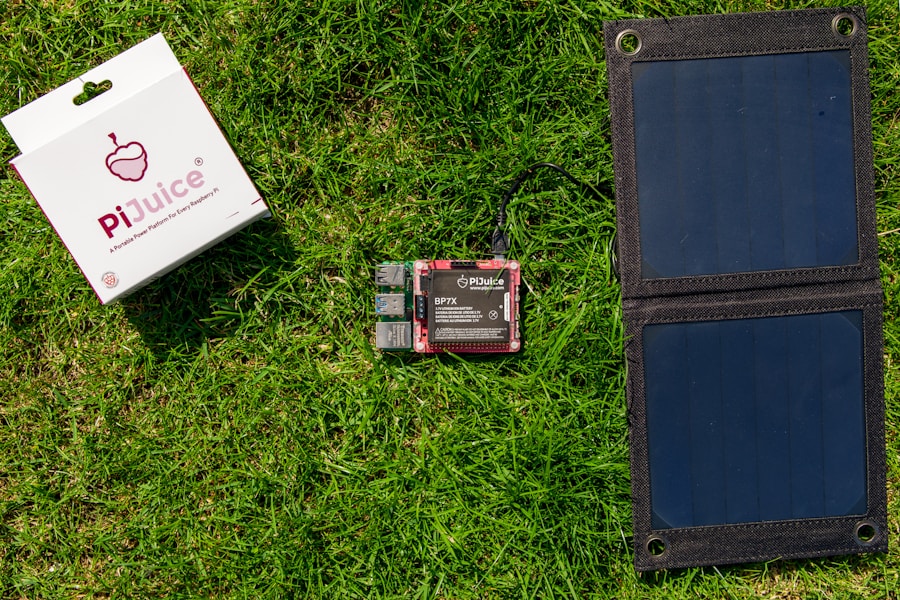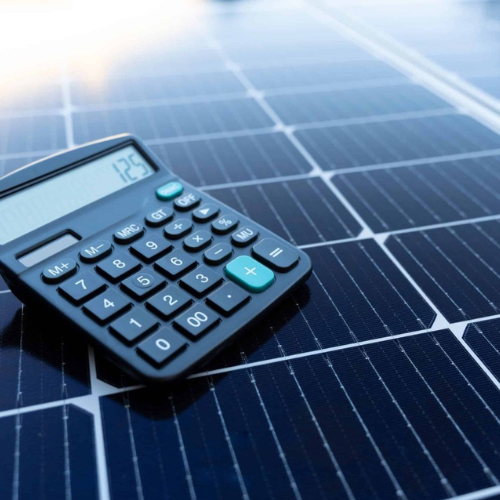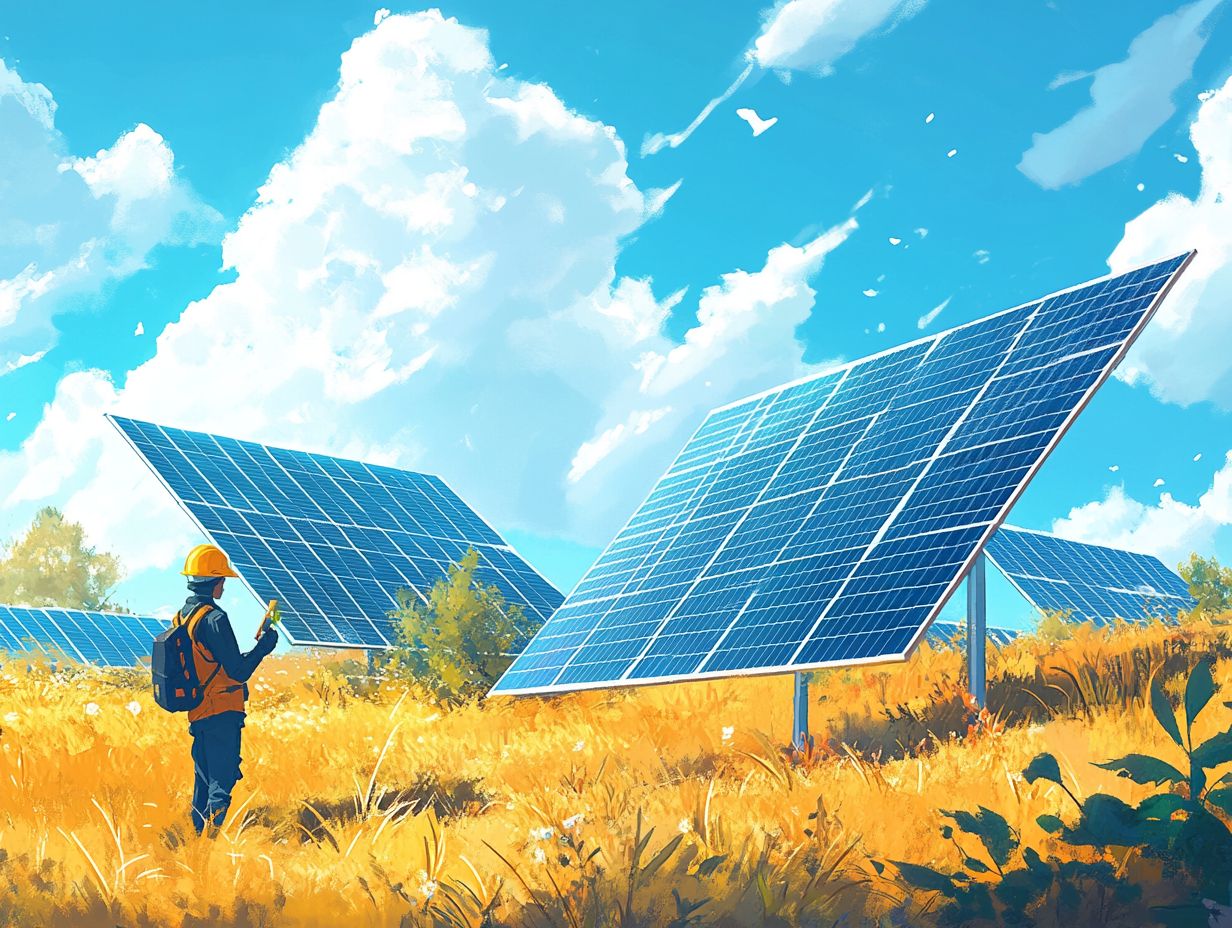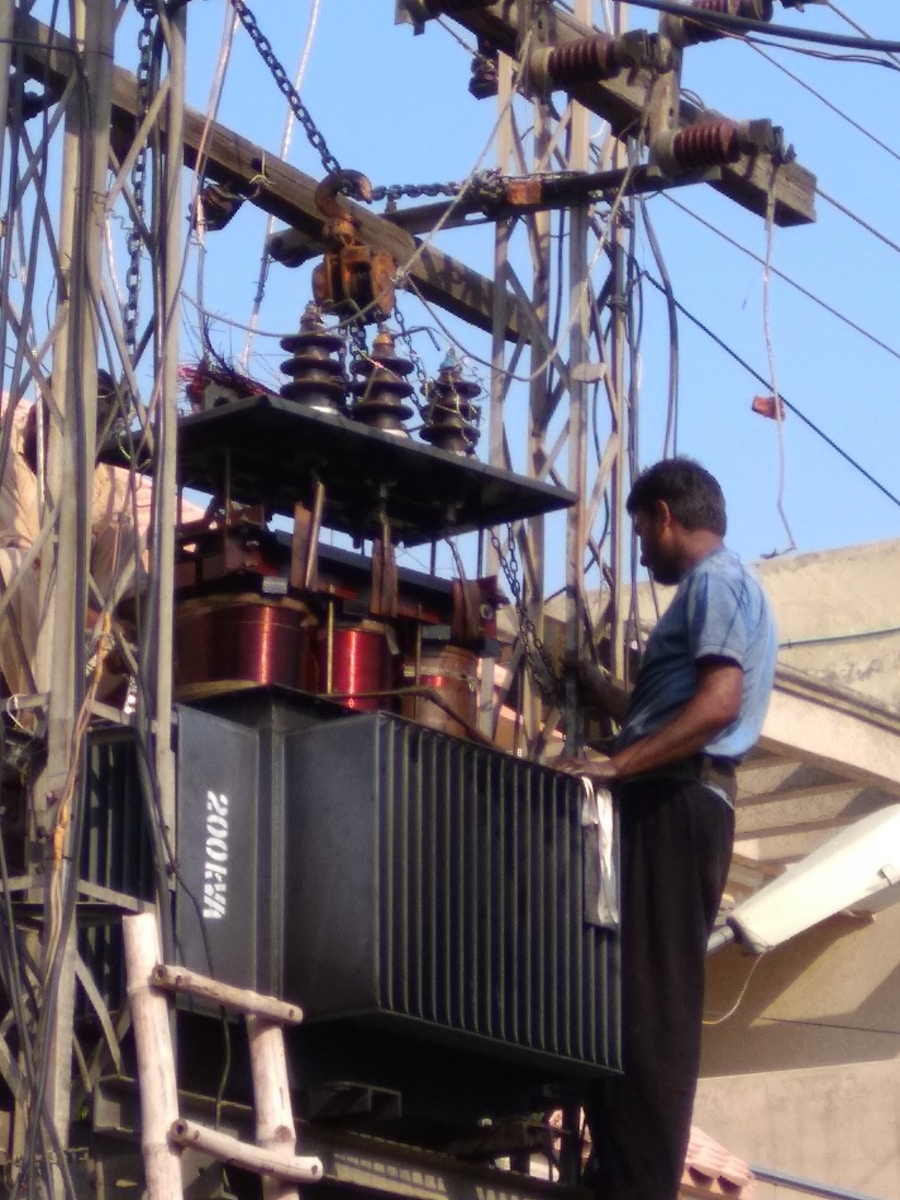Contents
As you embark on your journey into the world of solar energy, understanding the role of solar inverters is crucial. These devices serve as the heart of your solar power system, converting the direct current (DC) generated by your solar panels into alternating current (AC), which is what your home appliances use. Without a reliable inverter, the energy harnessed from the sun would remain unusable, rendering your solar investment ineffective.
The inverter not only facilitates this conversion but also plays a vital role in monitoring system performance and ensuring safety. In recent years, the adoption of solar technology has surged, leading to advancements in inverter technology. Modern inverters come equipped with features such as smart monitoring, grid connectivity, and enhanced efficiency.
As you consider integrating solar power into your home or business, it’s essential to familiarize yourself with the various types of inverters available, including string inverters, microinverters, and power optimizers. Each type has its unique advantages and potential drawbacks, making it imperative for you to choose the right one that aligns with your energy needs and installation conditions. Get your free solar assessment by visiting https://www.solarenergy4u.org/free-pro-advice/.
Key Takeaways
- Solar inverters are essential components of a solar power system that convert DC electricity from solar panels into AC electricity for use in homes and businesses.
- Common solar inverter issues include communication errors, overheating, power output fluctuations, and ground faults, which can impact the performance of the solar power system.
- Identifying and diagnosing inverter problems involves checking for error codes, inspecting physical components for damage, and testing the inverter’s electrical connections.
- Troubleshooting inverter communication errors may require resetting the inverter, checking the communication cables, and ensuring proper configuration of monitoring systems.
- Dealing with inverter overheating involves improving ventilation, relocating the inverter to a cooler area, and addressing any obstructions that may be blocking airflow.
Common Solar Inverter Issues
Despite their importance, solar inverters are not immune to problems. As a user, you may encounter several common issues that can affect the performance of your solar power system. One prevalent issue is inverter communication errors, which can disrupt the flow of information between the inverter and your monitoring system.
This can lead to a lack of data regarding energy production and system performance, making it difficult for you to assess how well your solar panels are functioning. Another frequent concern is overheating. Inverters can generate significant heat during operation, especially in high-temperature environments.
If not adequately managed, this heat can lead to reduced efficiency or even complete shutdowns. You may notice that your inverter is not producing energy as expected during particularly hot days, which can be frustrating when you rely on solar power for your energy needs. Understanding these common issues will empower you to take proactive measures to maintain your inverter and ensure optimal performance.
Identifying and Diagnosing Inverter Problems
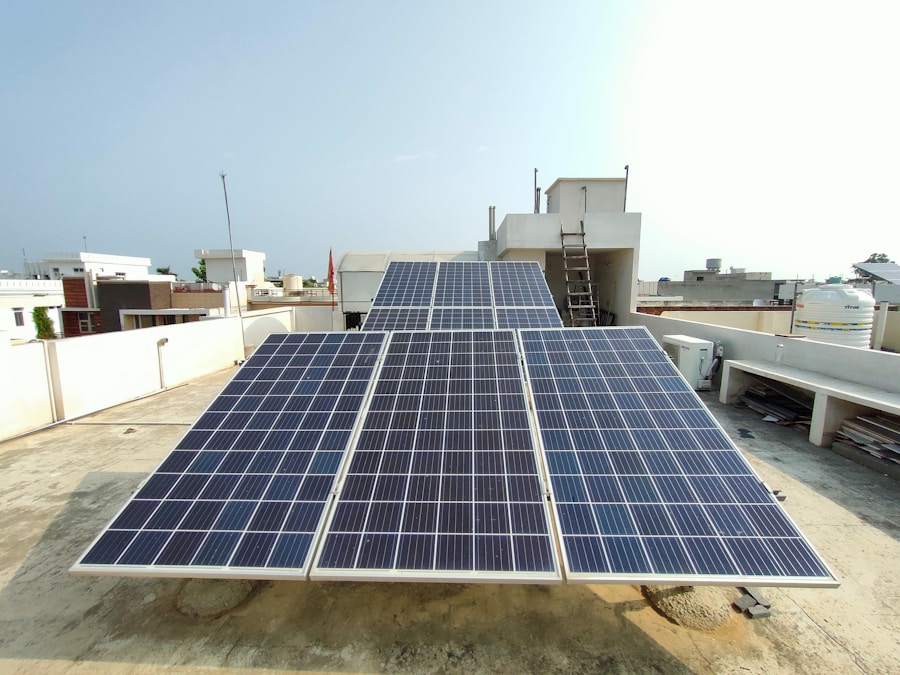
When faced with inverter issues, the first step is identifying the problem accurately. You may notice warning lights on the inverter display or receive alerts through your monitoring app. These indicators can provide valuable insights into what might be going wrong.
For instance, a red light may signal a fault condition, while a yellow light could indicate a warning that requires attention but is not immediately critical. Familiarizing yourself with these signals will help you respond promptly and effectively. Once you’ve identified a potential issue, diagnosing it becomes essential.
This process often involves checking various components of your solar system, including the panels, wiring, and connections. You might start by inspecting the physical condition of the inverter itself—look for signs of wear or damage, such as burnt components or loose connections. Additionally, reviewing the inverter’s error codes or logs can provide further clarity on the nature of the problem.
By systematically assessing each aspect of your solar setup, you can pinpoint the source of the issue and determine the best course of action.
Troubleshooting Inverter Communication Errors
| Error Code | Description | Frequency |
|---|---|---|
| ERR-001 | Communication timeout | 25 times per month |
| ERR-002 | Invalid data received | 15 times per month |
| ERR-003 | Communication protocol error | 10 times per month |
Communication errors can be particularly vexing as they hinder your ability to monitor your solar system’s performance effectively. If you find that your inverter is not communicating with your monitoring app or display, there are several steps you can take to troubleshoot the issue. First, check the internet connection if your inverter relies on Wi-Fi or Ethernet for data transmission.
A weak or interrupted connection could be the culprit behind the communication failure. If the internet connection appears stable, consider resetting the inverter. Many models have a reset button that can restore communication functionality.
After resetting, allow some time for the inverter to reconnect to the network and check if data starts flowing again. If problems persist, it may be necessary to consult the manufacturer’s manual or contact customer support for further assistance. By taking these steps, you can often resolve communication errors and regain access to vital performance data.
Dealing with Inverter Overheating
Overheating is a common issue that can significantly impact your inverter’s performance and longevity. If you notice that your inverter is running hotter than usual or if it shuts down due to high temperatures, it’s essential to address this problem promptly. One effective way to mitigate overheating is by ensuring proper ventilation around the inverter.
Make sure that it is installed in a shaded area or equipped with adequate airflow to dissipate heat effectively. Additionally, regular maintenance can help prevent overheating issues. Dust and debris can accumulate on the inverter’s cooling fins or vents, obstructing airflow and causing temperatures to rise.
You should periodically clean these areas to ensure optimal cooling performance. If overheating continues to be a problem despite these measures, it may indicate an underlying issue with the inverter itself or its installation location. Consulting with a professional technician can provide insights into whether an upgrade or replacement is necessary.
Addressing Inverter Power Output Fluctuations

Identifying the Cause of Fluctuations
One common cause of these fluctuations is shading on your solar panels. Even partial shading from trees or buildings can significantly reduce energy production.
Addressing Shading Issues
To address this issue, evaluate your solar panel installation for any potential shading sources throughout the day. If shading is unavoidable due to nearby structures or trees, consider options such as trimming branches or adjusting panel angles if feasible.
Mitigating Output Fluctuations with Technology
Additionally, using microinverters or power optimizers can help mitigate output fluctuations by allowing each panel to operate independently rather than relying on a single string inverter’s performance.
Resolving Inverter Ground Faults
Ground faults are another serious issue that can arise with solar inverters and pose safety risks if not addressed promptly. A ground fault occurs when there is an unintended path for electricity to flow to the ground, which can lead to equipment damage or even electrical fires. If you suspect a ground fault in your system—indicated by error codes or warning lights on your inverter—it’s crucial to take immediate action.
Start by inspecting all wiring and connections for signs of damage or wear that could lead to a ground fault. Look for frayed wires or loose connections that may compromise safety. If you’re unable to identify the source of the fault yourself, it’s advisable to contact a qualified technician who can perform a thorough inspection and necessary repairs.
Addressing ground faults promptly not only protects your equipment but also ensures the safety of your home and family.
Preventing and Fixing Inverter Failure
Preventing inverter failure requires proactive maintenance and regular monitoring of your solar power system. One effective strategy is to schedule routine inspections with a qualified technician who can assess the health of your inverter and other components. During these inspections, they can identify potential issues before they escalate into significant problems that could lead to costly repairs or replacements.
In addition to professional maintenance, you should also familiarize yourself with basic troubleshooting techniques for minor issues that may arise over time. Keeping an eye on performance metrics through your monitoring app will help you catch any irregularities early on. By staying informed about your system’s health and addressing concerns promptly, you can extend the lifespan of your inverter and maximize the benefits of your solar investment.
In conclusion, understanding solar inverters and their common issues is essential for anyone looking to harness solar energy effectively. By being proactive in identifying problems and implementing solutions, you can ensure that your solar power system operates efficiently and reliably for years to come. Whether you’re troubleshooting communication errors or addressing overheating concerns, taking informed steps will empower you to maintain optimal performance and enjoy the full benefits of renewable energy in your home or business.
If you are interested in learning more about solar energy solutions for your home, you may want to check out this article on smart home solar energy. This article provides valuable information on how to optimize your solar energy system for maximum efficiency and savings. Additionally, if you are looking for real-life examples of the benefits of solar energy, you can read about some solar savings case studies to see how others have successfully implemented solar power in their homes. And if you want to avoid common mistakes when switching to solar energy, be sure to read this article on avoiding solar switching mistakes.
FAQs
What are common solar inverter problems?
Some common solar inverter problems include inverter failure, low efficiency, voltage fluctuations, and communication issues.
What are the possible causes of solar inverter problems?
Solar inverter problems can be caused by factors such as extreme weather conditions, electrical surges, component degradation, and poor installation.
How can I troubleshoot solar inverter problems?
You can troubleshoot solar inverter problems by checking for error messages on the display, inspecting the wiring and connections, and monitoring the system’s performance using monitoring software.
What are the solutions to solar inverter problems?
Solutions to solar inverter problems may include resetting the inverter, replacing faulty components, upgrading to a more efficient inverter, and ensuring proper maintenance and regular inspections.
When should I seek professional help for solar inverter problems?
You should seek professional help for solar inverter problems if you are unable to resolve the issue through basic troubleshooting, if the inverter is still under warranty, or if the problem poses a safety risk.

